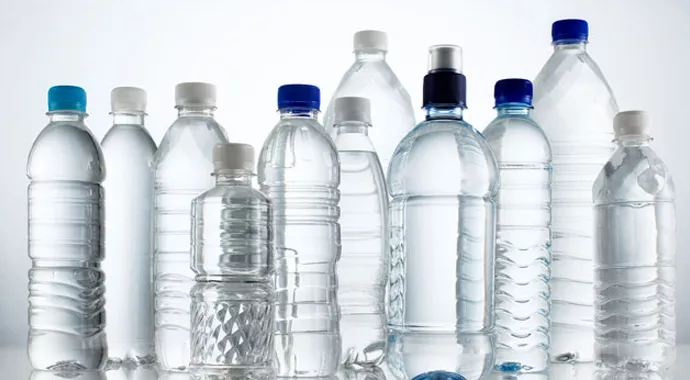PET
What is PET?
Polyethylene Terephthalate (PET); It is a thermoplastic polymeric material obtained by polymerizing dimethyl terephthalate (DMT) or terephthalic acid (PTA) by combining it with monoethylene glycol (MEG).
PET, whose chemical name is polyethylene terephthalate, is a plastic from the polyester group and is one of the most used plastic materials. It is a preferred material because it has good strength, is healthy and transparent. It is both lightweight and 100% recyclable. It does not have any chemical interaction with the products it comes into contact with. In this respect, it is an ideal solution for food products. In this way, many food and beverage items are processed or packaged with this material.
History
PET was first synthesized by DuPont chemists while researching a polymer that would be used to produce new textile fibers, but the technology that made it possible to obtain very long chains was developed by ICI (Imperial Chemical Industries) in 1941. Polyester fiber applications were developed, and PET polymer constituted 50% of worldwide synthetic fiber production by the end of the 1990s. When used alone or with cotton and wool, it provides better resistance to washing/abrasion and wrinkling. Its fiber form is known as ‘Dacron’ or ‘Trevira’.
It was developed in the late 1950s as a film obtained by bidirectional stretching of a thin, extruded plate. In this form, PET film has found widespread use in video, photography, x-ray film and packaging.
In the early 1970s, the first bottle-type containers were produced by stretching in three directions through air pressure molding, as if inflating a balloon in a mold of a certain shape, and a light, hard, unbreakable material was obtained by using PET to replace the glass bottle.
Features
Polyethylene terephthalate has a high strength rate. It shows strong resistance to chemical solvents. It has low moisture absorption properties. Polyethylene terephthalate, which has a good processable structure, also has a low basic expansion coefficient.
Varieties
Pet Resin Textile Grade
Pet Resin Bottle Grade
Pet Resin Film Grade
Usage areas
Film
All kinds of film applications, especially food packaging
Injection
Production of all kinds of plastic materials
Industrial
Industrial applications requiring high strength such as cord fabric
Medical
Medical device parts and medical supplies
Textile
Staple and continuous fiber and non woven production
- PET bottles; Carbonated and still mineral waters, soft drinks, oils
- PET containers; Food, Detergent, Cosmetics, Medicine
- PET Thermoforms
- PET Sheets




